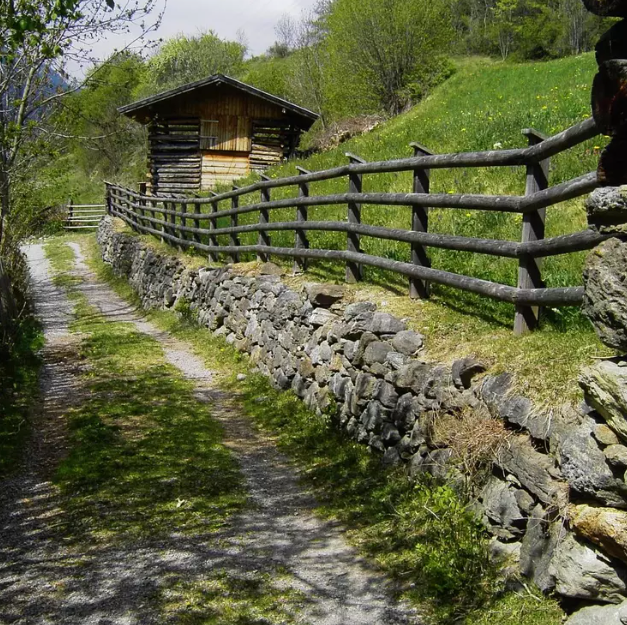26, Aug 2020
THE ‘BUTTERFLY’ MEADOW OF FLIESS AS A NATURAL SURFACE
Embedded in the impressive landscape of the Kaunergrat nature park we enjoy the beautiful summer days and the wonderful mountain meadows, which inspired us to the natural surface SCHMETTRLINGSWIESN. In cooperation with the Kaunergrat nature park the surface of the year 2020 originated now for the first time as a limited edition with 75 m².
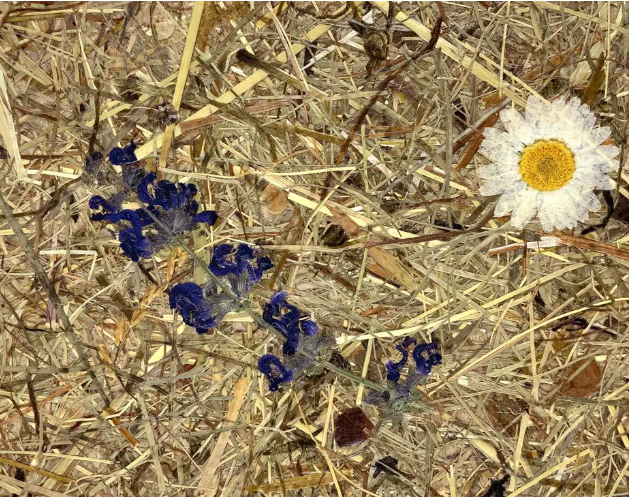
This wallpaper special production presents – in addition to the familiar hay optics – the blue and white beautiful blossoms and the variety of herbs and mountain flowers.
Only in July and August the slopes are harvested. Through the late harvest the plant seeds can develop and ensure their sustainability.
The blue meadow sage (lat. salvia pratensis) – which also tastes excellent as a syrup – is the predominant plant species in the butterfly meadow. The intense agricultural use and the partly missing harvest makes to sage almost disappeared.
Therefore, it is of enormous importance to preserve the traditional and extensive agriculture that is still practiced in the Kaunergrat nature park. With their continued existence, the extraordinary diversity of insects and butterflies is also ensured.
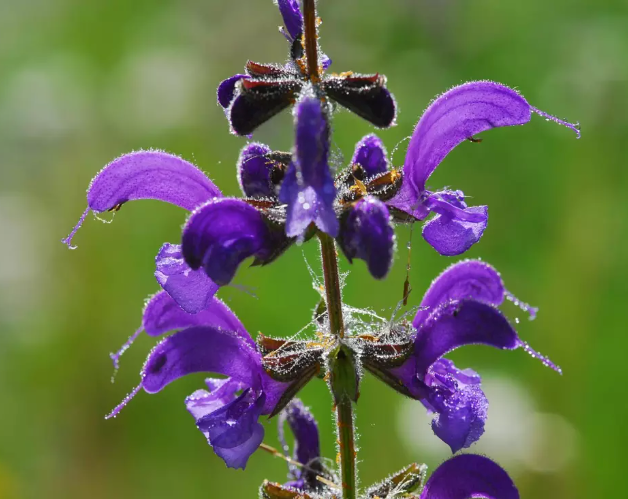
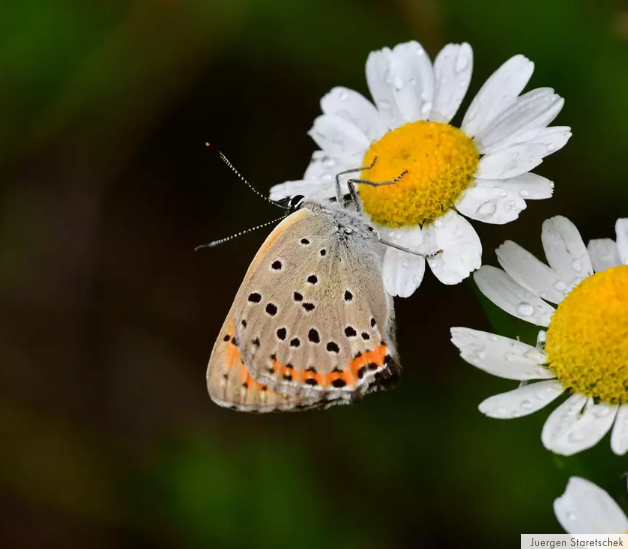
In the flowering period up to ca. mid-August thousands of insects and different butterflies can be found at the meadows in Fliess. There you can find the popular Alpine blue butterfly that shows its beautiful blaze of colour only with spread wings.
It is interesting that most of the butterfly species are nocturnal (90%) at the sunny slopes in Fliess. The experts are familiar with the dry meadows in Fliess and the incredible variety of species. In the last decades there were detected more than 1300 (!) different butterfly species in this border region between South Tyrol, Northern Tyrol and the Grisons. Approximately 300 butterflies among to a highly specialized species that are bound a sparse vegetation, dry grassland and rocky steppes.
Inner Alpine dry valley.
The Tyrolean Oberinntal, along the South Tyrolean Vinschgau and the Swiss Lower Engadine, is one of the most famous inner alpine dry valleys of the Eastern Alps. The annual percipitation is about 450 – 700 mm. That is similar to mediterreanean regions and the central Asian grasslands.
This special climate makes these dry valleys to habitats with unique species richness.
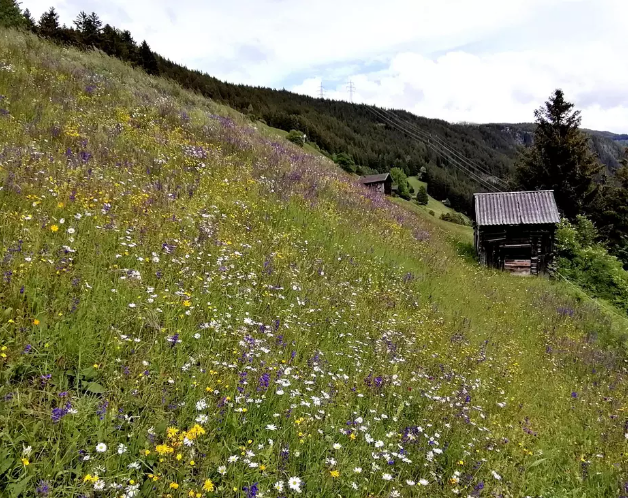
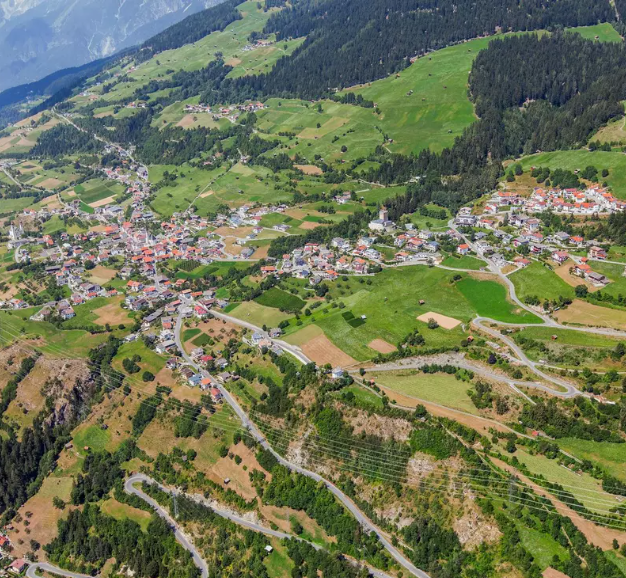
‘Fliesser Leita’ – retourn of variety
With the ‘Fliesser Leita’, the nature park community Fliess is home to a landscape of extraordinary diversity. In 2001 the sunny slopes of Fliess were already designated as a nature protection reserve. Since then, these habitats have been maintained in close coordination between nature conservation and agriculture. With a broadly established network, the Kaunergrat nature park wants to extend its commitment to the long-term preservation of the butterfly diversity in the ‘Fliesser Leita’.

The private foundation ‘Blühendes Österreich’ of REWE Group supports selected nature conservation projects throughout Austria. The project ‘Fliesser Leita – return of variety’ was awarded the Brennnessel 2019.
The prize money offers the opportunity for the Kaunergrat nature park to take first steps towards implementing a butterfly themed trail in Fliess.
Photos: Naturpark Kaunergrat
